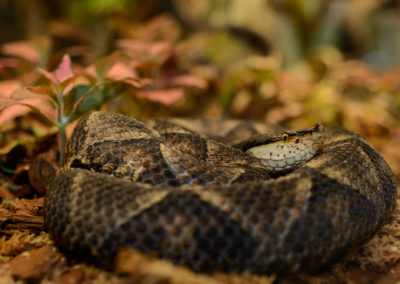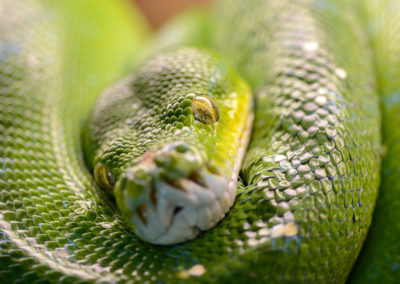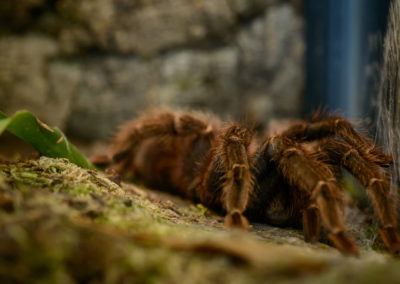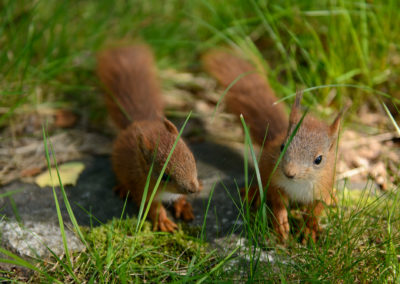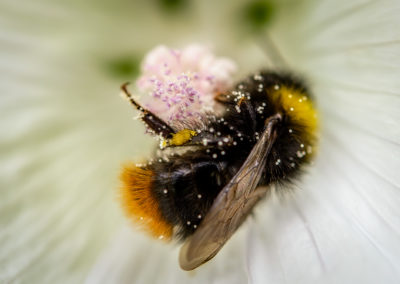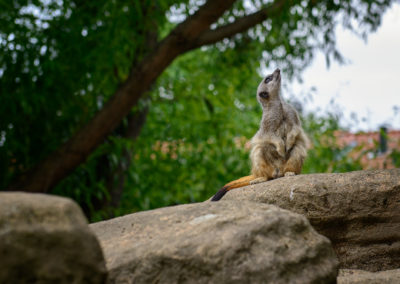Animals
Chinese moccasin
A dangerous snake with many different names: Sharp-nosed viper, snorkel viper, hundred pacer, Chinese moccasin. Chinese copperhead, five-pacer, hundred-pace snake, long-nosed pit viper, sharp-nosed pit viper, hundred-pace pitviper.
Green Tree Python
Primarily arboreal, these snakes have a particular way of resting in the branches of trees; they loop a coil or two over the branches in a saddle position and place their head in the middle. This trait is shared with the emerald tree boa, Corallus caninus, of South America. This habit, along with their appearance, has caused people to confuse the two species when seen outside their natural habitat.
Poison dart frog
Poison dart frog (also dart-poison frog, poison frog or formerly poison arrow frog) is the common name of a group of frogs in the family Dendrobatidae which are native to Central and South America. These species are diurnal and often have brightly-colored bodies.
Brazilian Salmon Pink Bird-eating Tarantula
The Brazilian Salmon Pink Bird-eating Tarantula (Lasiodora parahybana) is a relatively large spider originating from northeastern Brazil, hence its common name. This spider typically grows to a leg span of 20 cm, although occasionally exceptional specimens can reach leg spans of 25 cm.
Looking for danger…
The meerkat or suricate is a small mongoose found in southern Africa. It is characterised by a broad head, large eyes, a pointed snout, long legs, a thin tapering tail and a brindled coat pattern. The head-and-body length is around 24–35 cm, and the weight is typically between 0.62 and 0.97 kg.
Don't be shy, contact now!
If you are interested in working together, send me an inquiry on mail and I will get back to you as soon as I can.
Subscribe for updates now!
Get information by email as soon as something new is published on the site to keep you updated.
A movie from Conversation International.
Building upon a strong foundation of science, partnership and field demonstration, CI empowers societies to responsibly and sustainably care for nature, our global biodiversity, for the well-being of humanity.

